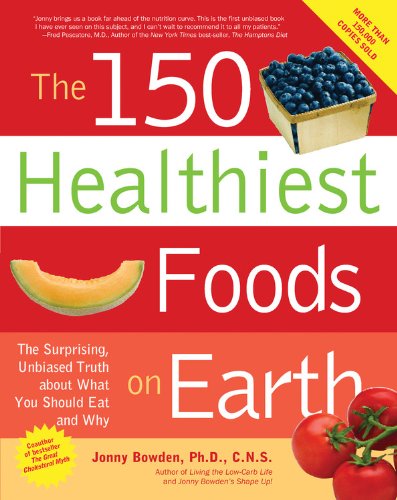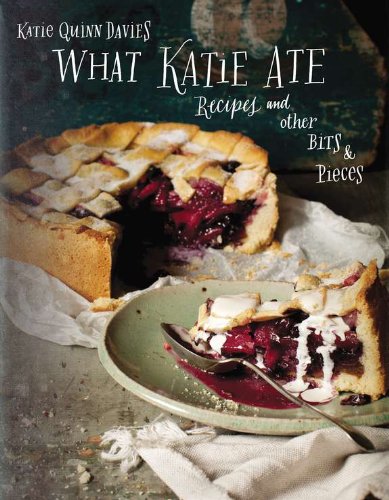Do you understand the power of being specific ? Have you ever tried to give someone instructions and found that it didn't work? It may have been because you weren't specific.
Everything from parenting to counseling patients about fitness is easier when you are specific. Case in point: I have recently changed the way I counsel about nutrition. I used to tell people about protein, carbohydrates and fats. I told them about meals and snacks. Then I let them run with it. Not much changed. They would come back in, with no change in weight or inches. They were frustrated and disappointed, since they had made concerted efforts.
Then I started asking people to do simple food journals over a couple weeks time. Most people used a paper journal. When they would return, I reviewed it page by page, which took surprisingly little time. I took a red pen to each page, and marked it like a paper for a class, with comments. Most particularly, I wrote in the changes I wanted to see. I even gave a grade, which everyone found amusing. After that feedback, they would go home with a very specific idea of the changes needed. This made changing very easy to accomplish. And it got great results every time, in terms of blood sugar, weight and inches.
So today's Wellness Wednesday is devoted to some very specific fitness strategies. I have suggested cardiovascular exercise to people as long as I have been a doctor, but only a small percent actually keep a consistent workout regimen. But I have found that when I suggest specific workouts, adoption rates are greater.
A workout is a very personal thing. A workout regimen is even more tailored. But to give you an idea of what one should look like for a healthy adult, I will present my favorite DVD workout which I use on a regular basis.
As I indicated in a prior post, I think it is important to take one day off per week. Mine is Monday, since Monday is the beginning of my workweek and is generally challenging. Beyond that, I like to alternate harder workouts with moderate workouts. I like each workout to be for the whole body, but I like to vary them through the week, to be well rounded literally and figuratively. Finally all my workouts qualify as high intensity intervals since research shows they yield the best results in the shortest period of time. I go from 20 to 40 minutes a session, depending on the workout. That's not much time out of the day !
My current favorite workouts are from Beach Body. And while this series has a somewhat comical name, it is extremely well crafted, arduous, fun and comprehensive. It is, (drum roll please) the Brazilian Butt Lift Workout series. Among those, Sculpt and Rio Extreme are the Hardest, with Cardio Axe being the most fun. Tummy tuck is the most time efficient at 20 minutes.
Jillian Michaels does a great job at crafting a balanced workout which is hard and fun. She is also very encouraging in a drill sergeant kind of way. I like her workout series Ripped in 30 (days) and the sequences are only 24 minutes long. Her cardio yoga DVDs like Yoga Inferno are very cool but not for the faint of heart.
Zumba is fantastic if you like a dance type workout. Zumba is generally of lesser intensity, but Rush and Ripped can give you a respectable workout.
Chalean Extreme is for those who want to increase their resistance part of their workout. Hip Hop Abs is for those who can dance hip hop.
Cardio Burn Sculpt by Gaiam is one of the best for getting back into exercise. It can be done at any intensity and is very well rounded, with a warm up, a cool down and attention to both upper and lower body. There is even an express version. The teacher Tanja Djelevic, is very soothing and encouraging.
Finally on those days when yoga is required, the GAIAM DVD Am and Pm Yoga is the best. It is relaxing, thorough and quite brief at 15 minutes per session. For a really creative and moderately hard yoga exercise, try any DVDs by Shiva Rea. I do the Daily Energy and Vinyasa Flow Yoga.
I pick from these like a smorgasbord. It keeps all kinds of things going well, like my mood, joints, muscle mass, bone density, and energy. If you check with your doctor, and carve out some time 6 days per week, you too will be rewarded when you do appropriate and consistent exercise.
To learn more, see our sections below :


















































